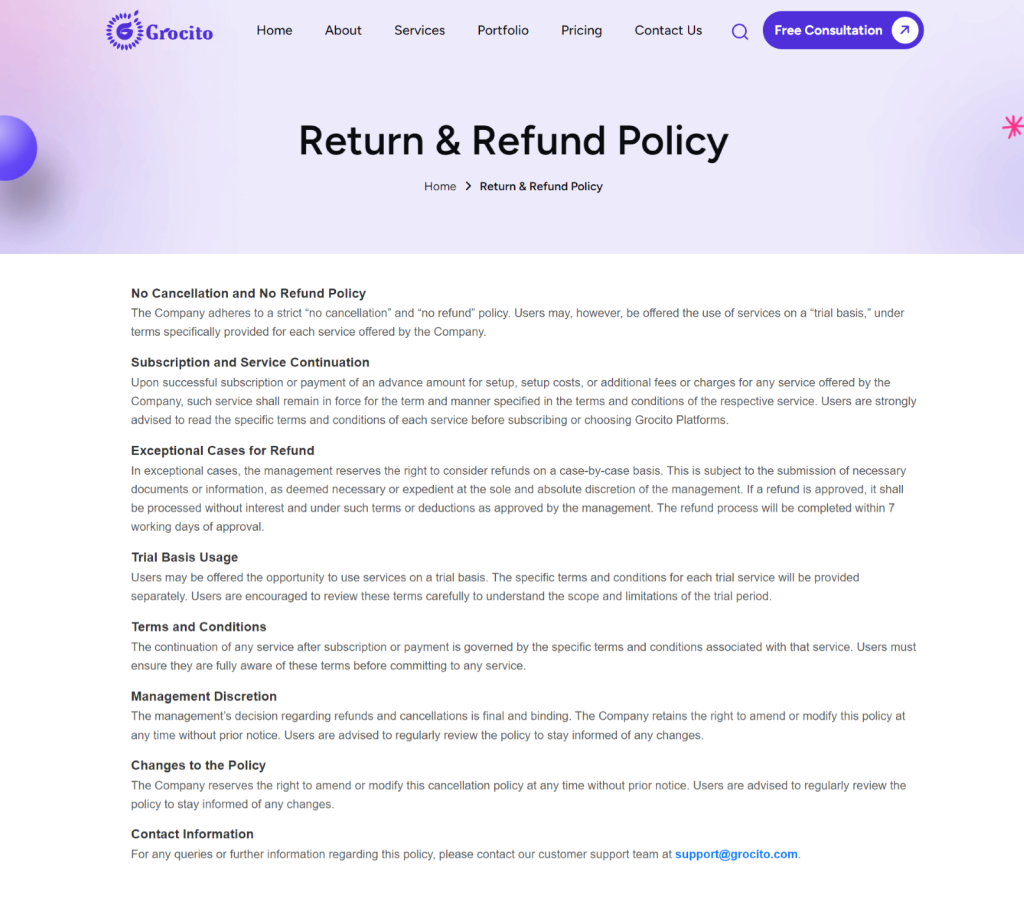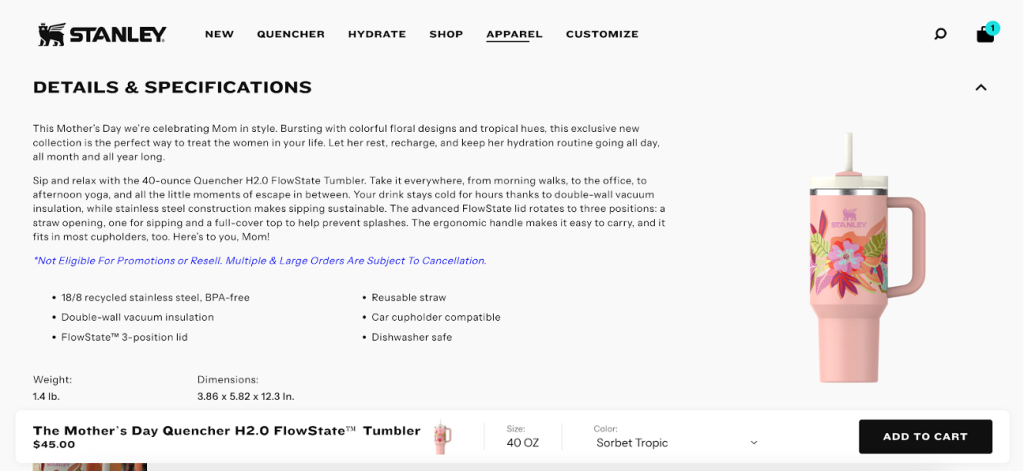Handling returns and refunds efficiently is crucial for maintaining customer satisfaction and loyalty in the e-commerce industry. A well-managed return process can turn a potentially negative experience into a positive one, encouraging repeat business and positive reviews. Here’s a comprehensive guide on how to handle returns and refunds in e-commerce effectively.
1. Create a Clear Return Policy

A clear and concise return policy sets the foundation for managing returns and refunds. Ensure your policy includes:
- Eligibility Criteria: Specify which items are eligible for return, such as unopened products, items in original packaging, or products with defects.
- Time Frame: Clearly state the time frame within which returns are accepted, typically 30 days from the date of purchase.
- Return Process: Outline the steps customers need to follow to initiate a return, including contacting customer service, filling out return forms, and shipping instructions.
- Refund Methods: Explain how refunds will be processed, whether through original payment methods, store credit, or exchanges.
2. Simplify the Return Process
Make the return process as straightforward as possible to enhance customer satisfaction:
- Provide Prepaid Return Labels: Offering prepaid return labels can simplify the process for customers and encourage them to complete the return.
- Automate Return Requests: Use e-commerce platforms or third-party apps to automate return requests, making it easier for customers to initiate returns online.
- Offer Multiple Return Options: Allow customers to choose between different return methods, such as in-store returns, drop-off points, or mail returns.
How Grocito can Help?

3. Communicate Clearly and Promptly
Effective communication is key to managing returns and refunds:
- Acknowledge Return Requests: Send immediate confirmation emails when a return request is received, outlining the next steps.
- Provide Status Updates: Keep customers informed about the status of their return, from receipt of the returned item to the processing of the refund.
- Offer Support: Ensure customer service representatives are available to assist with any questions or issues related to returns.
4. Process Refunds Quickly
Timely refunds can significantly impact customer satisfaction:
- Set Clear Expectations: Inform customers about the expected time frame for processing refunds, typically within 5-10 business days.
- Use Efficient Payment Systems: Utilize payment gateways that support quick and secure refund processing.
- Monitor Refunds: Regularly track and monitor refund requests to ensure they are processed promptly.
5. Analyze Return Data
Understanding the reasons behind returns can help you improve your products and services:
- Track Return Reasons: Collect data on why customers are returning products, such as size issues, product defects, or unmet expectations.
- Identify Trends: Look for patterns in return data to identify common issues and areas for improvement.
- Implement Changes: Use insights from return data to make necessary adjustments to product descriptions, sizing guides, or quality control processes.
6. Enhance Product Descriptions and Images

Accurate product descriptions and high-quality images can reduce the likelihood of returns:
- Provide Detailed Information: Include comprehensive details about product features, dimensions, materials, and care instructions.
- Use High-Resolution Images: Show products from multiple angles and include zoom-in features to give customers a clear view of what they are purchasing.
- Include Customer Reviews: Display customer reviews and ratings to provide additional insights and build trust.
7. Offer Exchanges and Store Credit

Providing alternatives to refunds can help retain revenue:
- Encourage Exchanges: Offer customers the option to exchange their returned item for a different size, color, or product.
- Provide Store Credit: Instead of a cash refund, offer store credit that customers can use for future purchases.
Conclusion

Handling returns and refunds effectively is essential for maintaining a positive customer experience in e-commerce. By creating a clear return policy, simplifying the return process, communicating promptly, processing refunds quickly, analyzing return data, enhancing product descriptions, and offering exchanges or store credit, you can manage returns efficiently and keep your customers satisfied.





